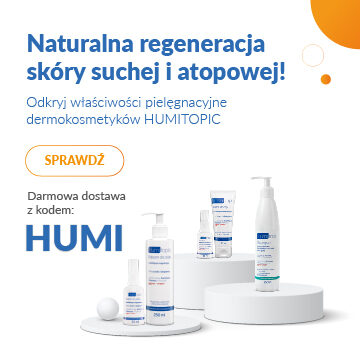Nickel allergy – common and dangerous

Years ago, the film ‘The Man in the Iron Mask’ was famous. Today, with the increasing use of dental implants, vascular stents, and all metal prostheses, the ‘Nickel Man’ problem is becoming a concern [1]. It is compounded by the widespread use of metal pots, tins, cutlery, tools, and vehicles. Easy access to nickel-rich cocoa, almonds, or tea leaves also cause a problem [2].
Nickel allergy impacts one in four women, including even the youngest girls. It is less common in men, but still reaches 10 % [1]. Nickel allergy can develop at any age. I have encountered sensitised babies, even several months old! The disease also tends to persist throughout life.
Excess nickel in the diet of a hypersensitive person can cause: inflammation of the skin, conjunctiva of the eye, mucous membranes of the throat, oesophagus and intestines, and in rare cases irritability and headaches [3].
Ubiquitous nickel

Nickel is present in most dietary products, and food is considered the main source of nickel exposure [2]. Foods rich in this element mainly include nuts, beans, peas, grains, and chocolate. In contrast, meat is low in nickel [1]. Diets rich in plant foods provide about 900 micrograms of nickel per day [2]. Hence, the advice: vegetarians and vegans should, as a matter of principle, test for a possible allergy to nickel, especially if they are intolerant of metal earrings, buckles, tools, etc. They will then not be irritated by nickel. In consequence, they won’t get irritable bowel or acid reflux, not to mention headaches, sore throats, and even haemorrhoids.
People suffering from a nickel allergy should benefit from a daily diet containing less than 250 μg of this element.
The 2023 list of foods rich in nickel (values in micrograms per 100 grams of food) includes the following products:
- Cocoa powder 855 (while instant cocoa ready to drink 16);
- Alfalfa seeds 730;
- Tea leaves 710 (ready-to-drink tea only 2);
- Juniper 530;
- Buckwheat groats 420;
- Dark chocolate (cocoa> 90%) 412;
- Peanuts and dry soya beans 390 each;
- Sunflower seeds 356;
- White beans, and dried mung beans 330 each;
- Walnut 320;
- Red dried lentils 292;
- Cumin 280;
- Bitter chocolate (cocoa <70%) 276;
- Dried beans 273;
- Bitter chocolate (cocoa <35%) 268 (but milk chocolate 72 to 90);
- Dried lentils 248;
- Oats 230;
- Millet grain 221;
- Chocolate fudge 223;
- Dried yellow peas 210;
- Chocolate drink powder 200 [2].
Items with less nickel have been skipped.
Nickel allergy – symptoms
The typical symptom is small papules protruding from the skin, itching, sometimes with exudate. The lesions continue to grow long after the contact between, for example, a watch and the skin has ceased. The reaction can survive without further irritation for 14 days or longer. Lesions also often appear late and in areas distant from the first outbreak. This phenomenon is called the ‘id mechanism’.
Many patients are also unable to grasp the link between recurrent eczema and fleeting contact with something “silvery-white” [3], or chocolate-dusty. Only a patch test and an interview with an allergologist clarifies the mechanism of the trouble.
Nickel allergy is confirmed by:
a) exacerbation of eczema or test sites after oral nickel provocation [1];
b) improvement of dermatitis on a low-nickel diet [according to 2].
It is also worth knowing that iron-deficiency anaemia may increase nickel absorption and iron supplements may decrease it [1].
___________________
- What to do? Perform a diagnostic test [3]. Replace nickel earrings, buttons and fasteners (even in sleepwear!), watches, pots (especially when cooking sorrel soup), etc. Follow a low-nickel diet [2]. Avoid contact with nickel alloys. Do not overdo the sacrifices!
_________________________
translation: Julia Majsiak







